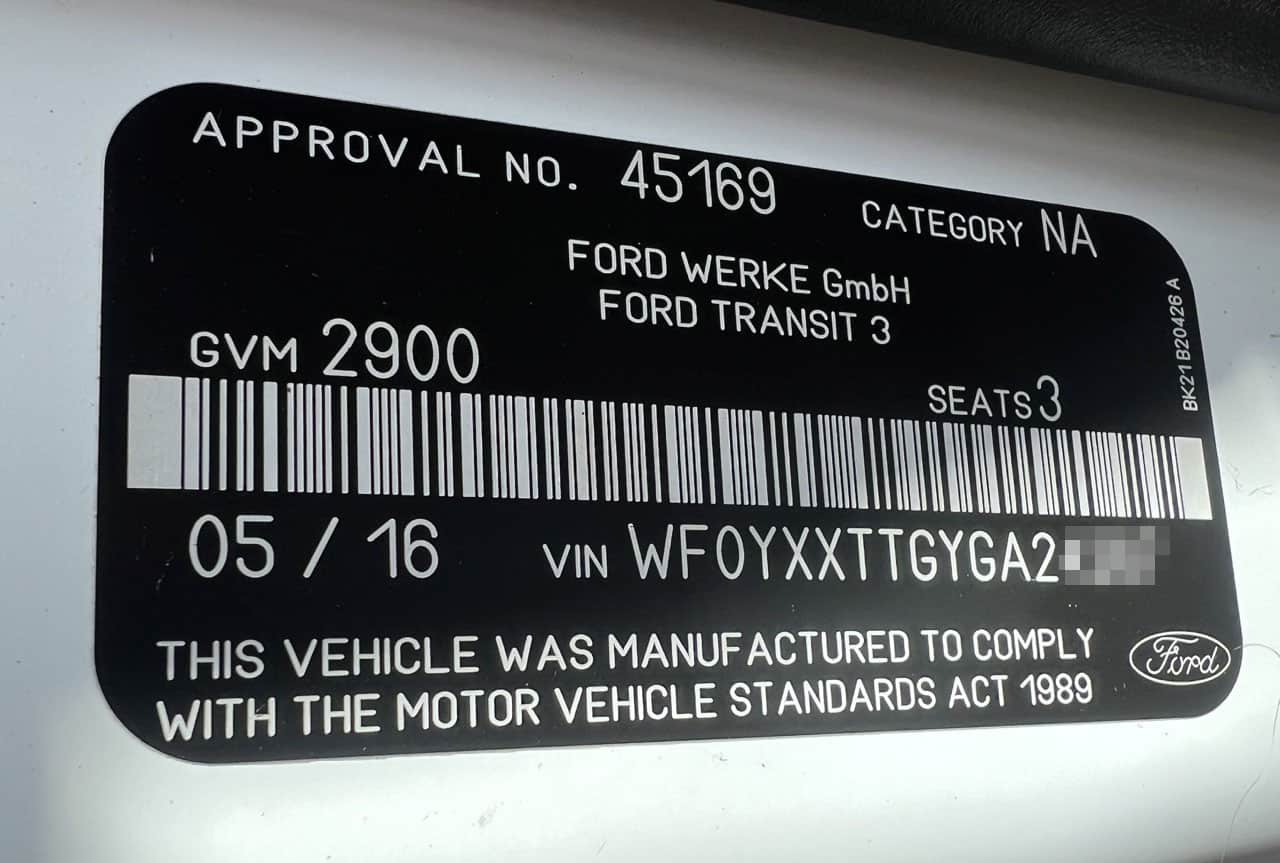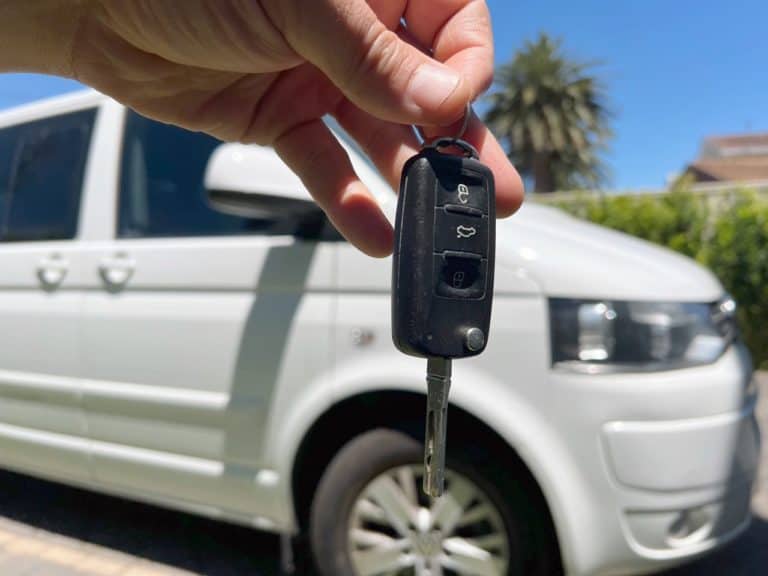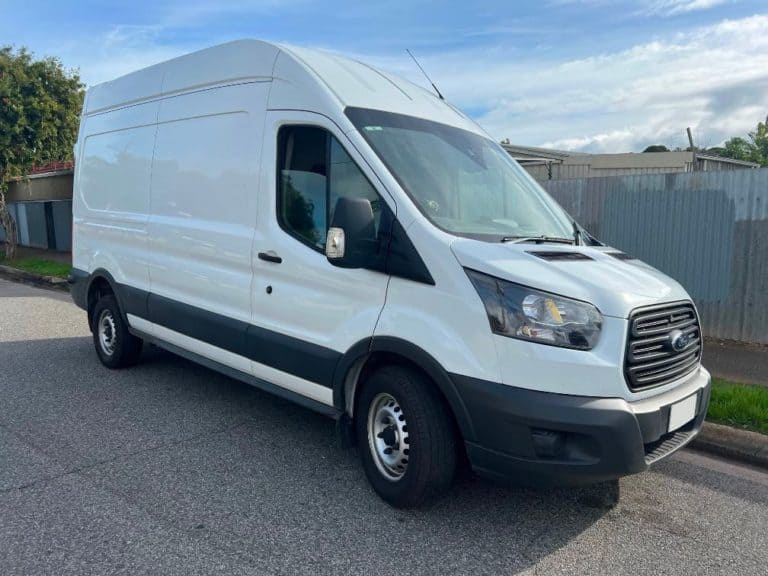What is a Compliance Plate and Build Plate?
In Australia, you might have heard about compliance plates and build plates (vehicle identification plates) on your car. But what exactly are they, and why are they important? In this article, we’ll break this down in simple terms. Below we will review and compare Compliance plates and Build Plates and the new Digital Compliance plate that has been introduced into Australia and why is it important?
What is a Compliance Plate?
A compliance plate is a special label attached to a vehicle either by its manufacturer or an importer. Its purpose is to confirm that the vehicle meets the requirements set out in the Motor Vehicle Standards Act 1989, also known as Australian Design Rules (ADRs).
Key Information on a Compliance Plate:
- Vehicle Identification Number (VIN): This unique code helps identify and track individual vehicles.
- Compliance Date: This date, specified in both month and year, indicates when the vehicle was confirmed to meet the standards.
- Manufacturer: This tells us who built the vehicle.

What is the RAV and Digital Compliance Plates?
It’s important to note that the Commonwealth Government has replaced the Motor Vehicle Standards Act 1989 with the Road Vehicle Standards Act 2018, along with the Road Vehicle Standards Rules 2019. Under these new regulations, the Register of Approved Vehicles (RAV) takes the place of traditional compliance plates and replaces them with digital compliance plates (aka electronic compliance plates).
The RAV is essentially an electronic database that contains approval details for vehicles deemed roadworthy under the RVSA, allowing them to be used on Australian roads. As of 1 July 2021, the use of traditional compliance plates on vehicles is gradually being phased out.
The digital compliance plate search is available here at the RAV website: https://rav.infrastructure.gov.au
What Is a Build Plate (Vehicle Identification Plate)?
A Build Plate, also known as a Vehicle Identification Plate, is affixed to a vehicle during its manufacturing process. This plate contains important information about the vehicle.
Key Information on a Vehicle Identification Plate:
- Vehicle Identification Number (VIN): This number serves as a unique identifier for the vehicle.
- Date of Manufacture: This date, presented in both month and year, indicates when the vehicle was built.
- Gross Vehicle Mass (GVM): This figure refers to the maximum weight the vehicle can carry, including passengers, cargo, and fuel.
In some cases, you may find additional information on this plate.

Build date vs Compliance date
The build date is when the car was manufactured. The compliance date is when the car was approved for Australian roads. If the vehicle is imported (all vehicles these days) then most likely compliance date would be similar to when the vehicle arrived in Australia and this could be months or in some cases years after the build date.
For example: a car is listed as say a 2021 Audi A3 will have its build date as 2021. If it was built in late in the year eg.12/2021 then it would most likely be complied in 2022 as it would take some time to ship/transport to Australia. The car might also be advertised as a MY22 which means model year 2022 and have body styling and features for vehicles designed for 2022 models.
Key points
The VIN number is a unique identifier of a vehicle and never changes (sometimes under certain circumstances if a car is stolen and compliance plate with the VIN is damaged or removed from a vehicle, the VIN can be re-issued). This is different from a registration number, which can be changed if plates are stolen, custom plates are ordered or if a vehicle is re-registered interstate.
Compliance plates and vehicle identification plates are the main identification components that provide important details about a vehicle’s compliance with safety standards and its manufacturing specifics. The two plates work hand in hand together to provide you with key information about the vehicles specifications and identification.









